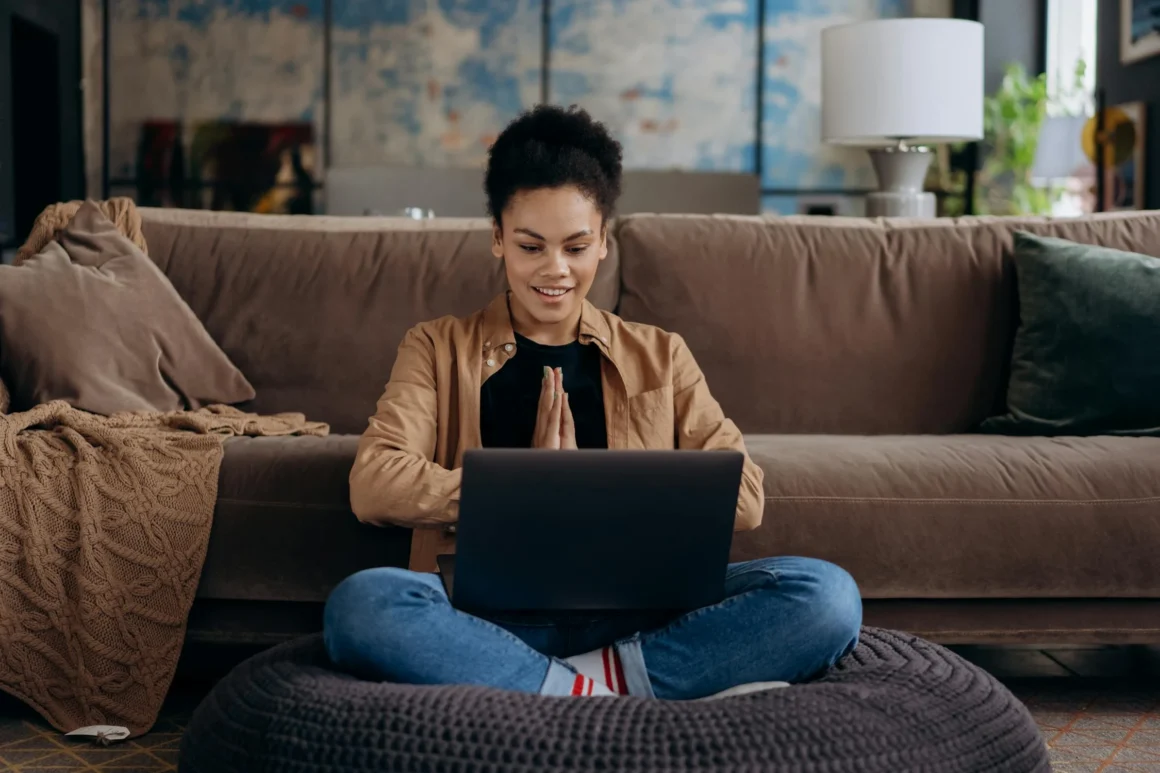When we speak about physical disabilities, we usually touch upon the subject of cancer, epilepsy, cerebral palsy, etc. However, we never acknowledge spinal deformities, specifically scoliosis. Some of us have never encountered the word or never learned about it in school. Now, what is scoliosis? What can you do about it?
Scoliosis occurs when your spinal cord takes a side-to-side curvature resulting in an “S” or a “C” form. There are two types of scoliosis: Degenerative Scoliosis (arises when you are 50+ years old) and Idiopathic Scoliosis (arises during adolescent years). Both men and women can have this physical disability but women are 10 times more likely to develop Idiopathic Scoliosis. Even though medical specialists do not know a clear cause for scoliosis, it has been heavily linked with family genes. About three percent of the population in the U.S suffer from scoliosis.
I have been medically diagnosed with Idiopathic Scoliosis for over three-four years. People would criticize me for slouching too much as a young child and I would naively carry heavy books in my backpack. I did not know back then those behaviors would cause complications in my life. When I went to a specialist at age 15, my curve percentage ranged from 30-36. This was not great but not incredibly bad for surgery. The specialist suggested physical therapy four times a week to strengthen my muscle and posture. Below are some tips I have gathered along the way.
1. DO YOGA
Yoga is an amazing way to stretch out those tense muscles in your neck, lower back and legs. It hardens your core muscles which will minimize your constant discomfort. Get a simple yoga mat or pile up thick towels on the floor to create a solid base. Always remember to have an spacious and quiet environment before starting your stretches. I usually sit down on my sofa with my knees and heels on the fabric. I begin to extend my arms forward and lower my chest towards my knees. I remain static for about a minute, letting my spine and thighs unwind. There are more poses you can practice, find Youtube playlists or get accessible yoga apps on your own.
2. DO GET A HEATING PAD
For some of us, we use heating pads to alleviate period cramps but heating pads are also useful for scoliosis pain. You can find heating pads in Walmart and Target if you live in the U.S or online. Set a timer for 20 minutes before you go to bed and place it where it hurts the most. For me, I place it on my neck and upper back. It helps if you roll up a thin towel and put it below your stomach while laying stomach down on a pillow.
3. DO SLEEP, GET UP AND USE COMPUTERS CORRECTLY
Sleeping on your side will worsen your curve because you are slowly adapting your spine to lean more than it should. Sleep facing up preferably without a pillow. You need to maintain your back and neck straight. There cannot be a slight curve within those spaces. I tend to sleep without a pillow because my neck muscles are strong enough to support my back without causing tension in the morning. If this isn’t your case, I highly suggest sleeping with a pillow between your legs and a towel under your armpit.
Now, getting up from bed or any surface is simple. You bend your knees, roll to your side and push yourself up. I used to strain my back by pulling myself up. One of my assigned therapist noted this habit and prompted me to fix it immediately.
While using laptops, we lower our neck and slouch to focus on our screen. This is completely incorrect! Not only does it damage your curvature but it strains your neck muscles. I’ve learned that you need to stock up on pillows. Stock up three-four pillows behind your back and three-four below your laptop. Your computer and eye level needs to be balanced!
1. DON’T CARRY HEAVY THINGS
This is obvious. Do not carry extremely heavy items. If you need to carry them you need to squat down, grab it by the bottom and lift your body up. Make sure the item is close to your chest while squatting down. You must not strain your lower back!
2. DON’T WAIT UNTIL THE LAST MINUTE TO GET A CHECK-UP
The longer you procrastinate this issue, the worse it will get. Speak with your family members if you are still dependent on them. Tell them you want a medical check-up to make sure. If you do not have access to medical aid, you can make an estimate at home. Lifting your shirt up, bend down to touch your toes. Someone behind you should observe your spine and see if you have any abnormal side-to-side curvature. Also, ask someone you trust to check your shoulder blades. One must be highly uneven compared to the other.
3. DON’T DO COMPETITIVE SPORTS
For example, competitive swimming will pull your lower back muscles. Competitive swimming is more physically demanding than swimming for fun. Remember, you have limitations. Same thing applies to gym machines. Do not lift barbells or use an indoor rowers. Instead, walk 15 minutes on a treadmill. Your exercise plan must be light!
If you fear you might have scoliosis, catch it before it’s too late! The last resort is spinal surgery. Most people either need physical therapy or a back brace. Do your research and change your lifestyle to accommodate this disability. At the end of the day: it is a disability. You must work with your disability.




